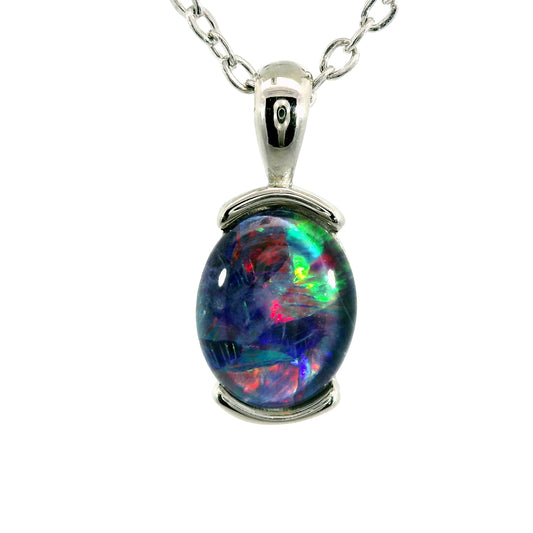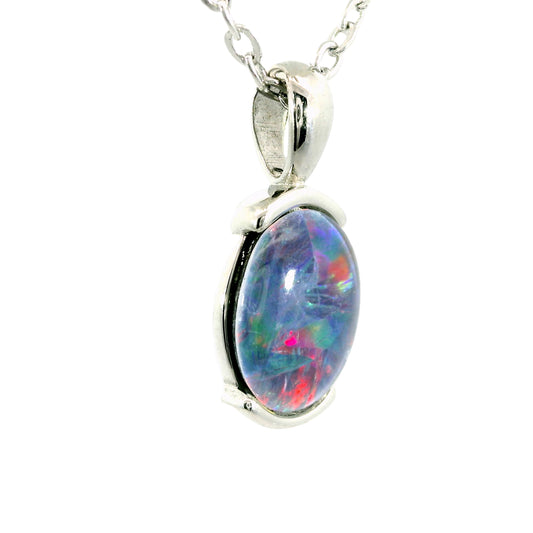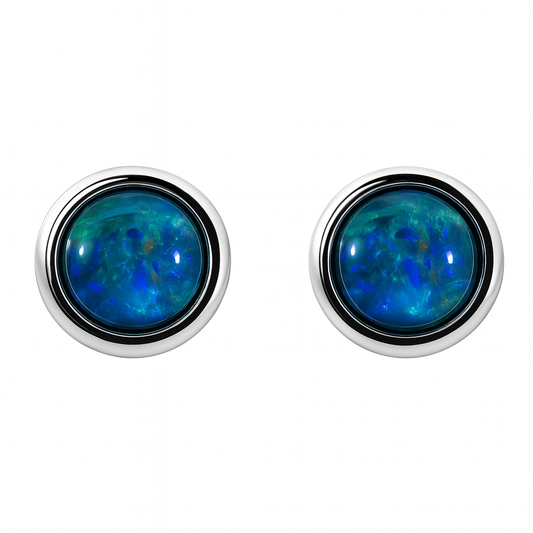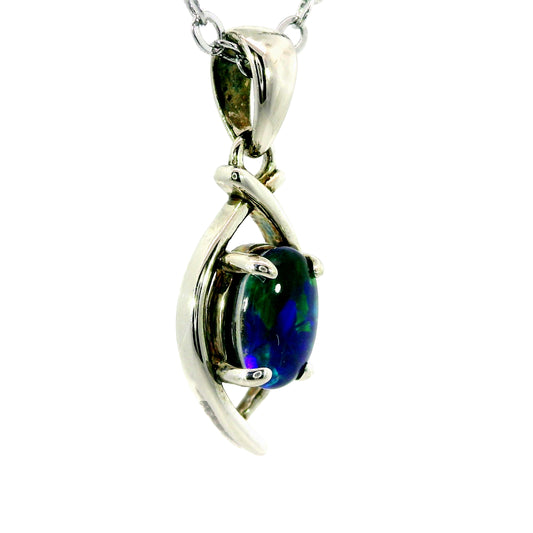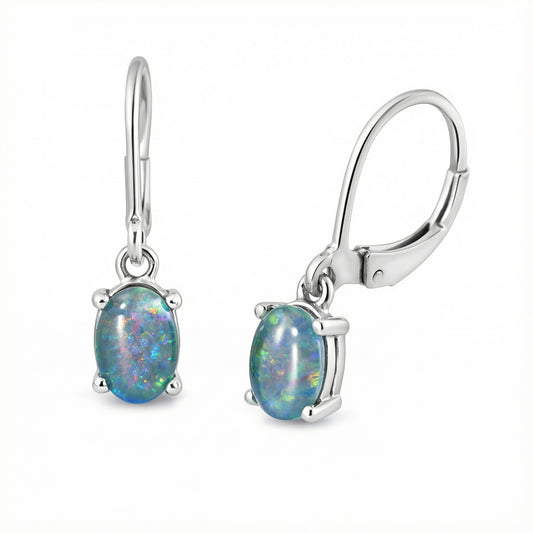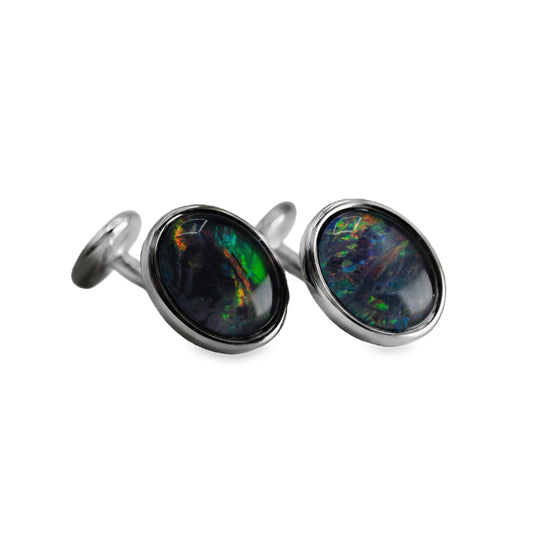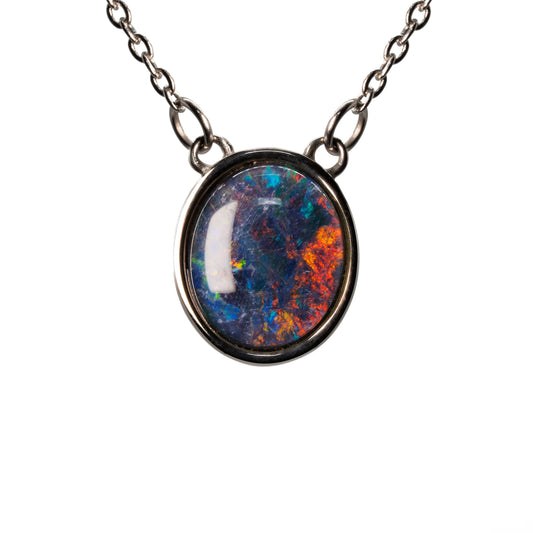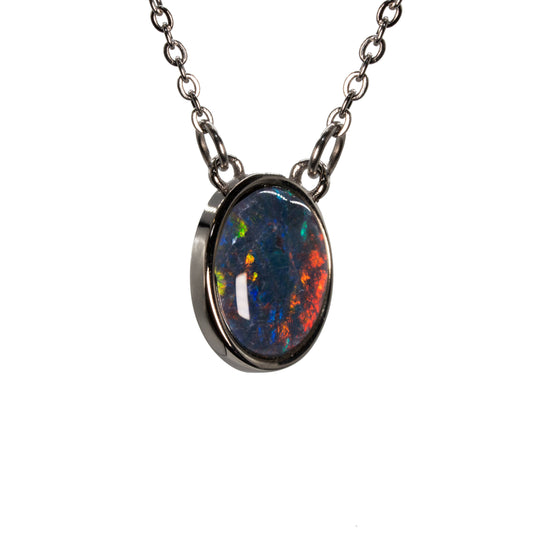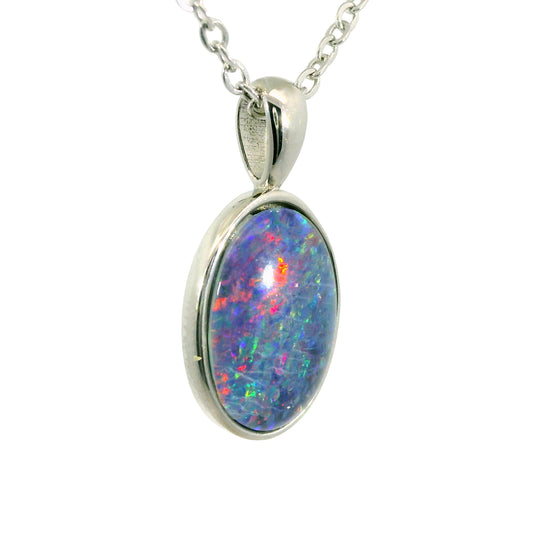Opal Care: How to Clean, Store, and Protect Your Precious Stone
Welcome to the world of opals, where beauty and elegance meet to create a mesmerising gemstone that has captured the hearts of countless individuals around the globe. Opals are known for their stunning play of colour, making them one of the most sought-after gemstones in the world. If you're lucky enough to own opal jewellery or raw opal stones, you'll know just how precious and delicate they can be. That's why the team at Australian Opal Cutters is committed to helping you learn how to properly care for your opals, ensure their longevity and preserve their natural beauty.
In this article, we'll provide you with a comprehensive guide on opal care, including tips and tricks on how to clean, store, and protect your opals. Whether you're a long-time collector or a new enthusiast, the experts at Australian Opal Cutters can provide you with valuable insights on how to take care of your opals and maintain their lustre and elegance for years to come. From learning how to polish your opals to understanding the best storage practices, we’ve got you covered. So, let's dive in and explore the world of opal care together.
Cleaning Your Opals
A common misconception is that opals are delicate stones when they are in fact not. In truth, opals are strong and durable stones, and they benefit from a similar degree of hardness to that of Jade and Onyx. All jewellery (even diamonds) requires gentle cleaning techniques to avoid any damage or discolouration. Harsh chemicals, acids, and alkalis in cleaning water can cause damage to opals and all other gemstones, so it's important to be mindful of how you clean and care for them. With that in mind, let's take a closer look at how to clean opals properly.
Firstly, avoid using any harsh chemicals or cleaning agents on your opals. Instead, use a gentle cleaning solution made from warm water and mild soap. Mix a few drops of mild dish soap in a bowl of lukewarm water and gently rub your opal jewellery or stones with a soft sponge or toothbrush in the solution for a few minutes. Be sure to use a soft-bristled brush to gently clean any dirt or debris from the surface of your opals.
Next, rinse your opals in lukewarm water to remove any soap residue. Feel free to soak or leave your opals in the water for an extended period, as this can "hydrate" the stone. Pat your opals dry with a soft cloth, being careful not to rub too hard or use any rough material that could scratch the surface of the stone. However, make sure you never leave your opals locked away in a safe for months at a time, as this may dehydrate your opal (and any other gems) and cause them to develop cracks!

It’s also essential to ensure your opal jewellery avoids any exposure to extreme heat. Exposure to direct sunlight is fine, but extreme heat in excess of 50 degrees Celsius can cause the opals to dry out and dehydrate them, causing the internal water to evaporate, leading to cracks or fractures.
With all your gems and jewellery, it's important to avoid any exposure to harsh chemicals or other liquids, as these can damage the stone or the metal and may cause items to lose their natural shine through corrosion or harsh chemical reactions.
How to Polish Opal
Start by cleaning your opals using the gentle cleaning techniques we discussed earlier. This will remove any dirt, debris, or grime from the surface of the stone, allowing you to see the true colours and beauty of the opal. Once your opals are clean and dry, use a soft cloth or chamois to gently buff the surface of the stone. Be sure to use light pressure and avoid any harsh or abrasive materials that could scratch the surface of the stone.
If you have stubborn stains or marks on your opals that can't be removed with a soft cloth, you can use a polishing cloth made specifically for opals. These cloths are made with micro-abrasives that are gentle on the stone's surface, but effective in removing stains and restoring its shine. Alternatively, apply a small amount of a mild polishing compound designed for opals to a soft cloth. Gently rub the surface of the stone in a circular motion, using light pressure while avoiding any areas that are already polished or smooth. Then, rinse the opal in lukewarm water and pat it dry with a soft cloth, ensuring you steer clear of direct heat or sunlight during the drying process.

Remember, polishing opals can be a complex process and requires special care and attention when it comes to polishing. Avoid using any harsh or abrasive materials and always use a gentle touch to preserve the stone's natural beauty and shine. By following these simple steps, you can keep your opals looking stunning and dazzling for years to come.
Storing Your Opals
Opal gemstones should be stored properly to avoid damage. For long-term storage, it is best to keep your opals in a dry, cool place away from heat sources and direct sunlight. A soft, padded jewellery box or a cloth bag is also beneficial, as this helps to protect them from scratches or other damage. It’s also recommended that all gemstones are stored separately from other jewellery items that could potentially damage the surface of the stone as gems mixing together can scratch each other and cause marks.
While it’s important to keep the jewellery box in a dry and cool location, you can enjoy your opals while swimming, bathing, or undertaking any other activities that could expose them to water. Opals are extremely durable and highly wearable pieces of jewellery, and natural hydration is advised. To maintain the beauty and longevity of your precious opals, be sure to invest in a quality storage solution, and be vigilant in your minimising any external factors that could compromise their quality.
Protecting Your Opals
Opals contain water molecules in their structure, and it is recommended that as part of their long-term maintenance and care, you store them in water for prolonged periods. Opal gemstones are porous and can absorb liquids, and when they do, it may seep into the stone and rehydrate it in the same way that they do underground in a mine. If you intend to lock your opal away in a safe for years at a time, it is best to store it in a jar of water!
Additionally, when opal doublets or triplets are immersed in water, the water may slowly dissolve the glue that bonds the layers together. Doublet or triplet opals which are made up of multiple layers are waterproof for short periods of time, (even hours of swimming or submersion will have no effect) but they can become more prone to water damage if subjected to continuous and prolonged submersion.
Beyond preventing doublets and triplets from prolonged and continuous exposure to water, it’s crucial to avoid wearing opals, diamonds, or any gemstone jewellery while engaging in any rigorous physical activity. Opals or even diamonds can be easily scratched or chipped if they come into contact with hard surfaces or objects, so it pays to minimise the risk of potential scrapes and scratches. It’s also important to keep your jewellery away from any chemicals, such as household cleaners, as without knowledge of the chemical agents within the substances, you won’t know what reactions these may have with the gold or silver within your jewellery.
Beautify Your Opals Today
Ultimately, opal care is essential to ensuring the longevity and beauty of your precious gemstone. By following the tips outlined by the Australian Opal Cutters team, you can keep your opals looking their best for years to come. Remember to clean your opals with care, polish them gently, store them properly, and protect doublets and triplets from prolonged exposure to water and other liquids. With proper care, your opal gemstones will continue to shine and amaze for generations to come!












































































































